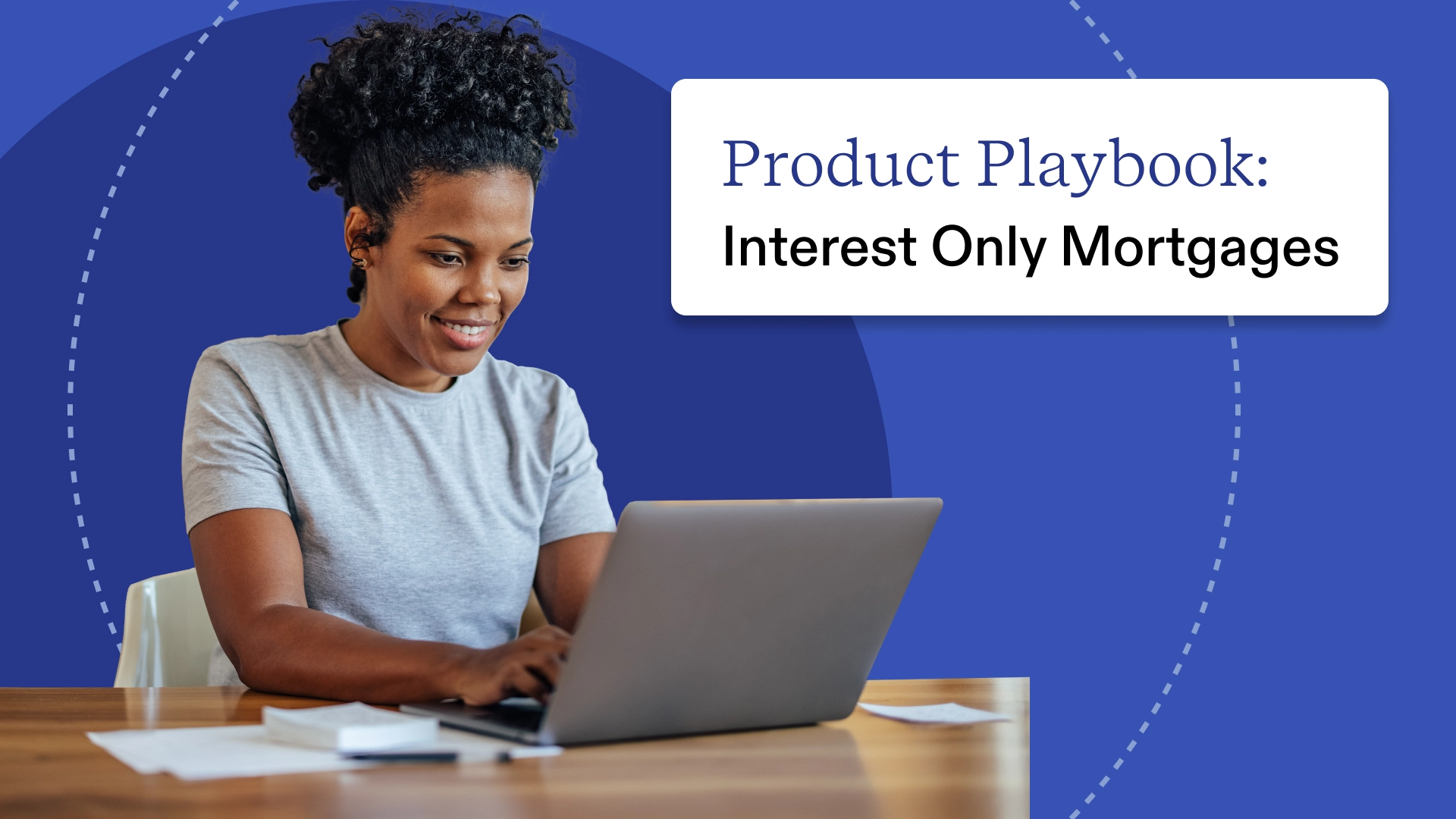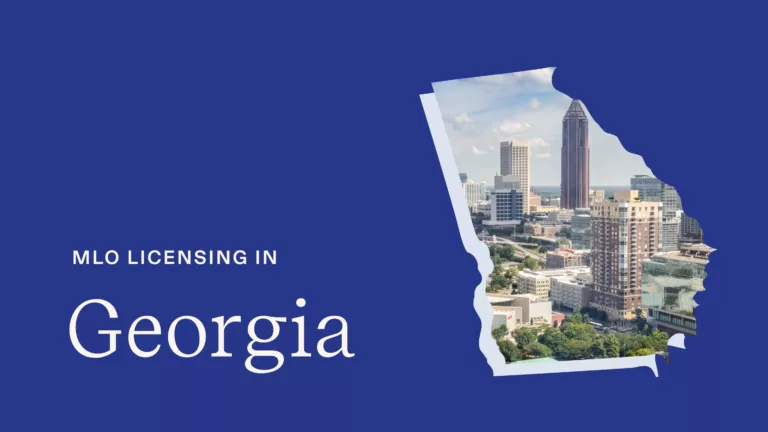In today’s mortgage market, flexibility is key. For borrowers looking to manage cash flow, invest strategically, or qualify for higher-value homes, interest-only mortgages (sometimes referred to as IO loans) can offer a powerful solution—when used correctly.
These loans aren’t for everyone, but for the right borrower, they provide a smart alternative to traditional amortizing mortgages. In this guide, we’ll explore how interest-only loans work, who they’re best suited for, and how brokers can confidently offer them through Morty.
What is an interest-only mortgage?
An interest-only mortgage is a home loan where the borrower pays only the interest on the loan for a fixed initial period—typically 5 to 10 years. During this phase, monthly payments are lower because no principal is being repaid.
After the interest-only period ends, the loan becomes fully amortizing, and the borrower begins paying both interest and principal for the remainder of the term. These loans can come with either fixed or adjustable rates and are typically used in higher loan amount scenarios—for example, loan amounts above $726,200 in many markets (the conforming loan limit for 2024).
Interest-only loans are just one example of a broader category of non-QM mortgage products designed to serve borrowers who don’t fit conventional boxes. Another great example is the bank statement loan, which uses cash flow from deposits rather than tax returns to qualify self-employed clients.
Who are interest-only loans for?
These loans can be a great fit for:
- Real estate investors looking to maximize cash flow early in the property’s lifecycle
- High-income borrowers who prefer to allocate funds to other investments during the IO period
- Jumbo borrowers who need to manage debt-to-income ratios creatively
- Commission-based earners or business owners with variable income
- Buyers planning for income growth or liquidity events, such as selling a business or receiving a large bonus
Expanded use case examples
Let’s say your borrower is a real estate investor purchasing a $900,000 duplex. Their goal is to generate rental income, maximize leverage, and sell within 3–5 years. A traditional loan would require higher monthly payments that eat into returns. With an interest-only structure, their cash flow improves immediately—making it easier to scale.
Or take a tech executive buying a new home before their annual bonus hits. They want to preserve liquidity now but plan to pay down principal aggressively next year. An IO mortgage gives them flexibility without compromising on location or property size.
These examples are common in today’s market and show how IO loans can meet the needs of financially savvy borrowers with short- or medium-term plans.
Benefits of interest-only loans
- Lower initial payments: By paying only interest, borrowers reduce monthly obligations and keep more cash on hand
- Increased buying power: IO loans may help borrowers qualify for larger properties than they would with a fully amortizing loan
- Strategic capital allocation: Clients can invest elsewhere—particularly useful in high-rate environments or when expecting strong investment returns
- Short-term hold advantage: Ideal for investors or homeowners planning to refinance or sell before the IO period ends
Risks and considerations
- Higher payments later: When the IO term ends, the borrower must begin paying principal and interest—often resulting in a significant monthly increase
- No equity buildup: During the IO period, the loan balance doesn’t decrease unless the borrower makes additional payments
- Qualification complexity: Some lenders use the fully amortizing payment to calculate DTI, which can limit approval
- Not ideal for long-term holds without a clear refinance or sale strategy
Underwriting considerations
Interest-only loans typically require a more nuanced underwriting process, especially when they fall under non-QM guidelines. Because borrowers are not paying down the principal during the initial period, lenders focus more heavily on the borrower’s ability to repay once the IO period ends.
Here’s what underwriters generally look at:
- Fully amortizing payment: Even though the borrower pays only interest upfront, many lenders calculate DTI based on the future full payment
- Reserves: Borrowers may need to show 6–12 months of reserves to demonstrate financial strength
- Loan-to-value (LTV): IO loans often come with stricter LTV caps, especially in high-cost or investment scenarios
- Exit strategy: For investment or bridge-type borrowers, underwriters may want to understand the borrower’s plan to refinance or sell the property
Morty’s processing and fulfillment team works with you to anticipate these requirements and structure files cleanly for fast-moving IO approvals.
How to offer IO loans through Morty
Morty gives brokers and loan officers access to a wide range of non-QM loan types—including interest-only programs—from our growing lender network.
Our Point-of-Sale platform makes it easy to gather documents and disclosures, even for complex files. Our processing and fulfillment team is trained on non-QM workflows and helps you move files quickly and cleanly.
Need help figuring out whether an IO loan fits your borrower’s goals? Rosey AI, our smart mortgage assistant, can guide you through qualification logic, product match, and lender overlays in real time.
Start closing interest-only loans today
Interest-only loans are a smart option for certain borrowers—but they require the right tools, lenders, and support to get to the finish line.
With Morty, you can confidently offer IO options without the friction.







